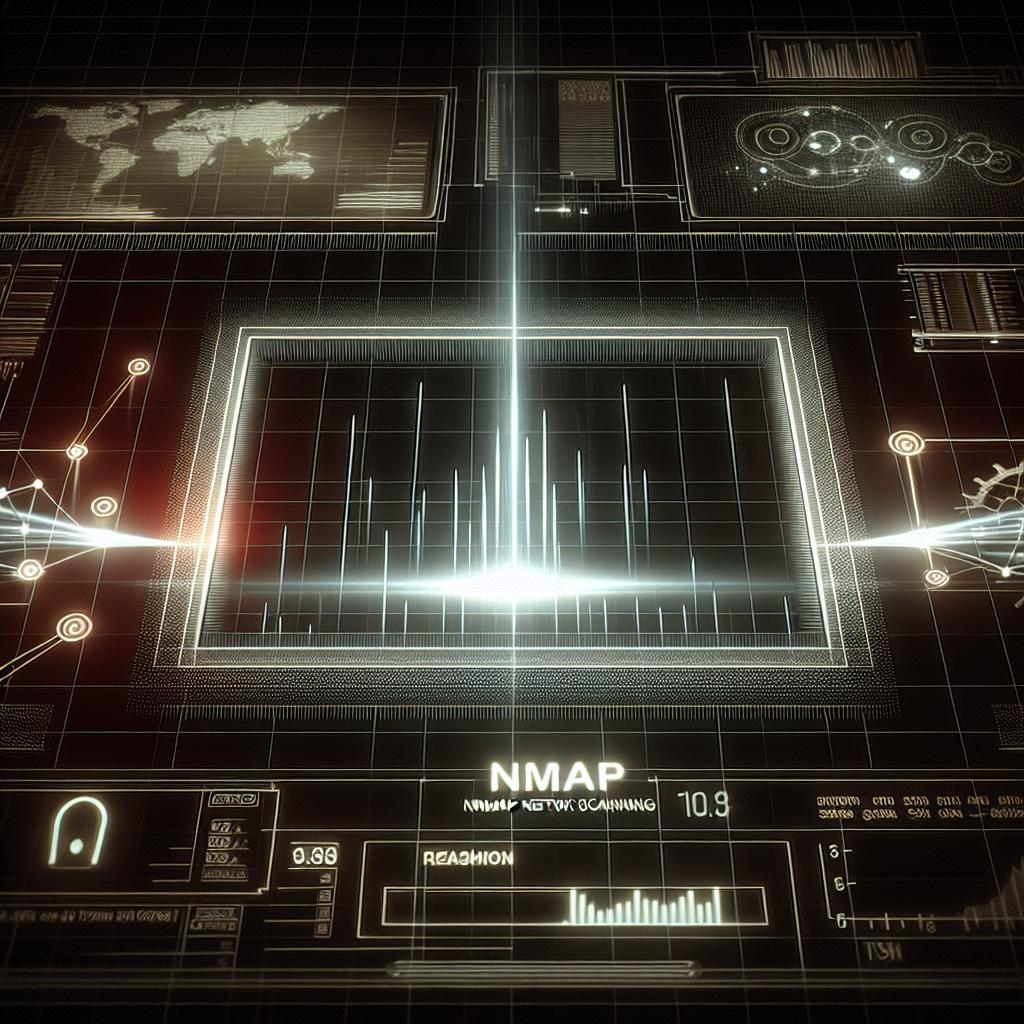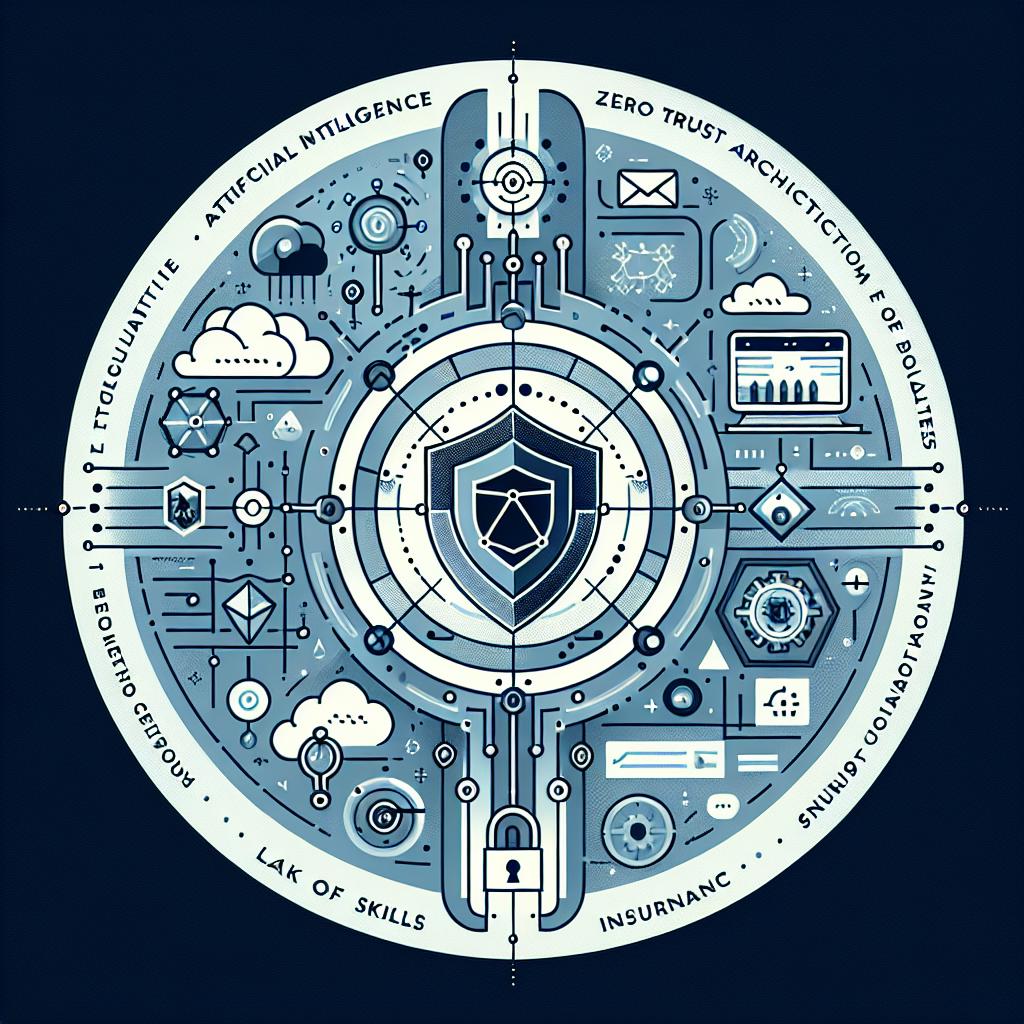In the realm of cybersecurity, network scanning tools have always played a pivotal role in identifying vulnerabilities, mapping networks, and ensuring system integrity. Among these tools, Nmap (Network Mapper) stands out as one of the most widely used and respected utilities. Since its inception in the late 1990s, Nmap has undergone significant transformations, evolving from a manual command-line scanner to an increasingly sophisticated, AI-driven tool that leverages machine learning to enhance scanning efficiency and accuracy. This blog post explores the fascinating journey of Nmap’s evolution and how AI is shaping its future.
The Early Days: Manual Scanning with Nmap
Nmap was created by Gordon Lyon (also known by his pseudonym Fyodor) in 1997. The original goal was straightforward: provide a free, open-source tool that could perform network discovery and security auditing. Early versions of Nmap were purely manual, requiring users to input specific commands and options to scan IP ranges, detect open ports, and identify services running on those ports.
Key Features of Early Nmap Versions:
- Port Scanning: Identifying open TCP and UDP ports on target hosts.
- Service Detection: Using banner grabbing and protocol analysis to determine the services running on open ports.
- OS Fingerprinting: Guessing the operating system of a target based on network responses.
- Scriptable Interaction: Introduction of the Nmap Scripting Engine (NSE) allowed users to write custom scripts for more advanced scanning and vulnerability detection.
Despite its power, early Nmap required significant expertise to use effectively. Users had to understand network protocols, scanning techniques, and command-line syntax to get meaningful results.
The Rise of Automation and Scripting
As networks grew more complex and the demand for faster, more comprehensive scans increased, Nmap’s developers introduced automation features. The Nmap Scripting Engine (NSE), launched in 2006, was a game-changer. It allowed users to automate a wide range of tasks, from vulnerability detection to brute-force attacks, by running Lua scripts during scans.
Impact of NSE:
- Customization: Users could tailor scans to specific needs without manual intervention.
- Extensibility: The community contributed hundreds of scripts, expanding Nmap’s capabilities.
- Efficiency: Automated detection of vulnerabilities and misconfigurations reduced manual workload.
This scripting capability marked the beginning of Nmap’s shift from purely manual scanning to semi-automated processes, making it accessible to a broader audience.
To further lower the barrier to entry, graphical user interfaces (GUIs) like Zenmap were developed. Zenmap provided a user-friendly front end for Nmap, allowing users to configure scans, save profiles, and visualize scan results through interactive network maps.
Benefits of GUI Integration:
- Ease of Use: Non-experts could perform complex scans without memorizing commands.
- Visualization: Graphical representations helped in understanding network topology and vulnerabilities.
- Reporting: Enhanced reporting features facilitated sharing and analysis of scan results.
While GUIs improved usability, the core scanning process remained largely manual or scripted, with limited intelligence guiding scan strategies.
The Advent of AI and Machine Learning in Network Scanning
The cybersecurity landscape has changed dramatically in recent years, with networks becoming more dynamic and threats more sophisticated. Traditional scanning methods, while effective, can be slow and generate false positives or negatives. This is where Artificial Intelligence (AI) and Machine Learning (ML) come into play.
How AI Enhances Nmap and Network Scanning:
-
Adaptive Scanning:
AI algorithms can analyze previous scan results and network behavior to adapt scanning strategies in real-time. Instead of blindly scanning all ports or IPs, AI-driven scanners prioritize targets based on risk assessment, reducing scan time and network load.
-
Improved OS and Service Fingerprinting:
Machine learning models trained on vast datasets can more accurately identify operating systems and services, even when they use obfuscation or non-standard configurations.
-
Anomaly Detection:
AI can detect unusual patterns in scan responses that may indicate stealthy or zero-day vulnerabilities, which traditional signature-based methods might miss.
-
Automated Vulnerability Correlation:
By integrating threat intelligence feeds and vulnerability databases, AI can correlate scan findings with known exploits, prioritizing remediation efforts.
-
Natural Language Processing (NLP) for Scripting:
AI-powered assistants can help generate or optimize NSE scripts based on natural language descriptions of desired scan tasks, making customization more accessible.
Current AI-Driven Developments in Nmap and Beyond
While Nmap itself remains primarily a manual and script-driven tool, the cybersecurity community is actively exploring AI integration in network scanning:
- AI-Powered Plugins: Some NSE scripts now incorporate machine learning models for enhanced detection.
- Third-Party Tools: Tools that complement Nmap by analyzing its output with AI to provide deeper insights.
- Research Prototypes: Experimental versions of Nmap with AI modules that optimize scan parameters dynamically.
Moreover, other network scanning tools are emerging with AI at their core, pushing the boundaries of what’s possible in automated network reconnaissance.
Challenges and Considerations
Integrating AI into network scanning is not without challenges:
- Data Quality: AI models require large, high-quality datasets to train effectively.
- False Positives/Negatives: While AI can reduce errors, it can also introduce new types of mistakes if not properly tuned.
- Resource Consumption: AI algorithms may require significant computational power, which can be a constraint in some environments.
- Ethical and Legal Issues: Automated scanning must respect privacy and legal boundaries, especially when AI enables more aggressive or intrusive techniques.
The Future of Nmap and Network Scanning
The evolution of Nmap from a manual command-line tool to an AI-augmented scanner reflects broader trends in cybersecurity automation. As AI technologies mature, we can expect:
- Smarter, Context-Aware Scans: Scans that understand network context and adjust themselves accordingly.
- Integration with Security Orchestration: Seamless workflows where scanning results trigger automated responses.
- Collaborative AI Systems: Sharing anonymized scan data to improve AI models collectively.
- User-Friendly AI Assistants: Helping users craft complex scans and interpret results effortlessly.
Nmap’s open-source nature and active community position it well to embrace these innovations, ensuring it remains a cornerstone of network security for years to come.
In summary, Nmap’s journey from manual scanning to AI-driven intelligence exemplifies the dynamic evolution of cybersecurity tools. By combining decades of proven techniques with cutting-edge AI, Nmap and similar tools are becoming more efficient, accurate, and accessible—empowering defenders to stay ahead in the ever-changing landscape of network security.



